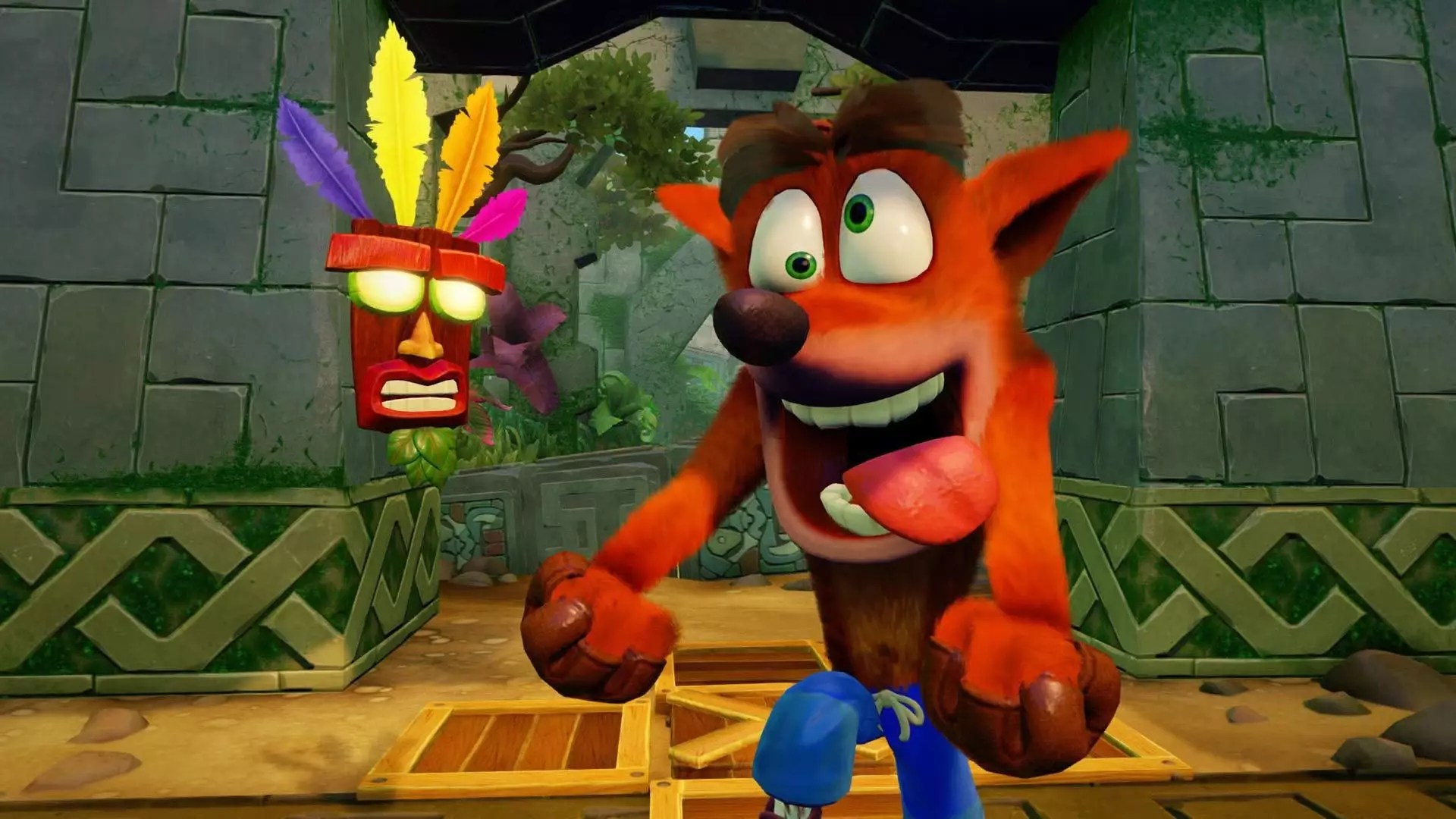The attempt to breathe new life into beloved classics is often driven by nostalgia, ambition, and a desire to introduce timeless games to new audiences. The Crash Bandicoot N.Sane Trilogy exemplifies this trend—an effort to remaster and modernize a franchise that defined a generation of gamers. The original trilogy, crafted by Naughty Dog, is celebrated for its precise mechanics and charming design, setting a high benchmark for platformers. When Vicarious Visions undertook the remaster, the goal was clear: preserve the spirit and visual charm, while enhancing the experience with modern graphics and smoother gameplay.
While the visual overhaul achieved remarkable success—delivering highly detailed animations and vibrant environments—the core gameplay mechanics were only superficially touched. According to industry veterans like Andrew Gavin, a co-creator of Naughty Dog, the redevelopment missed a crucial aspect of gameplay fidelity: the feel of the jump mechanics. This oversight underscores a common pitfall in remaking revered titles—focusing on aesthetics at the expense of gameplay nuance.
Where the Remake Falters: The Underestimated Power of Feel
Gavin’s critique of the remake’s jump system highlights how vital fine-tuned mechanics are to the overall experience of platformer games. The original Crash relied on binary input—press or not press—and incorporated a sophisticated system that interpreted the timing of button presses to generate variable jump heights. This subtlety made tight platforming, precise hops, and nuanced movement possible, creating a sense of mastery for players. The control scheme was a complex dance of inputs, rewarding skill and timing, and it fostered a deep connection between the player and the game.
In contrast, the remake reverted to a simplistic fixed-height jump. Although this might seem insignificant on paper, Gavin explains that around 30 milliseconds of input—the difference between a perfect jump and a misfire—was instrumental in crafting the game’s tactile responsiveness. Removing this element transformed a game renowned for its precise control into one that feels floaty and imprecise. What was once an intuitive, nuanced mechanic became a monotonous gesture—everything is a maximum jump, sacrificing the subtle feel that players cherished.
Gavin’s critique touches on a broader truth: In platformers, every frame of input translates directly into player satisfaction or frustration. The smallest details—like how a jump feels—are often invisible to the casual observer but are the backbone of successful gameplay. When remakes neglect these subtleties, they risk alienating core fans and undermining the very reasons the original was revered.
The Significance of Small Mechanics in Creating Authenticity
The debate surrounding the fidelity of gameplay in remakes illuminates a larger issue: do visual fidelity and surface-level improvements suffice, or must they be paired with authentic mechanical replication? In the case of Crash Bandicoot, the aesthetics—textures, models, animations—are undeniably improved, but the core control scheme has suffered. This disconnect can make players feel like they are experiencing a different game, one that is superficially familiar but fundamentally off.
Gavin’s candid assessment emphasizes that the “feel” of a game is an intangible but vital quality. It’s what separates a good port from an authentic recreative experience. When developers focus solely on graphical fidelity and ignore the kinetic responsiveness of controls, they risk sacrificing gameplay integrity for visual polish. This trade-off becomes particularly glaring in a genre like platforming, where precision, timing, and tactile feedback are everything.
Despite these criticisms, the N.Sane Trilogy remains highly playable and enjoyable, a testament to its overall quality and nostalgic charm. Yet, it serves as a stark reminder that remaking a classic isn’t just about updating visuals—it’s about respecting and accurately recreating the nuanced mechanics that made the original a masterpiece. In gaming, technical improvements are meaningless if they do not enhance or at least preserve the core experience.
Gavin’s critique sparks an important conversation: Are modern remakes truly capturing the essence of their predecessors, or are they just skin-deep restorations? For those genuinely invested in the craftsmanship behind platformers, the answer is clear—details, feel, and subtle mechanics are what make these games timeless. Without them, even the most visually stunning remake can fall short of its potential.


Leave a Reply